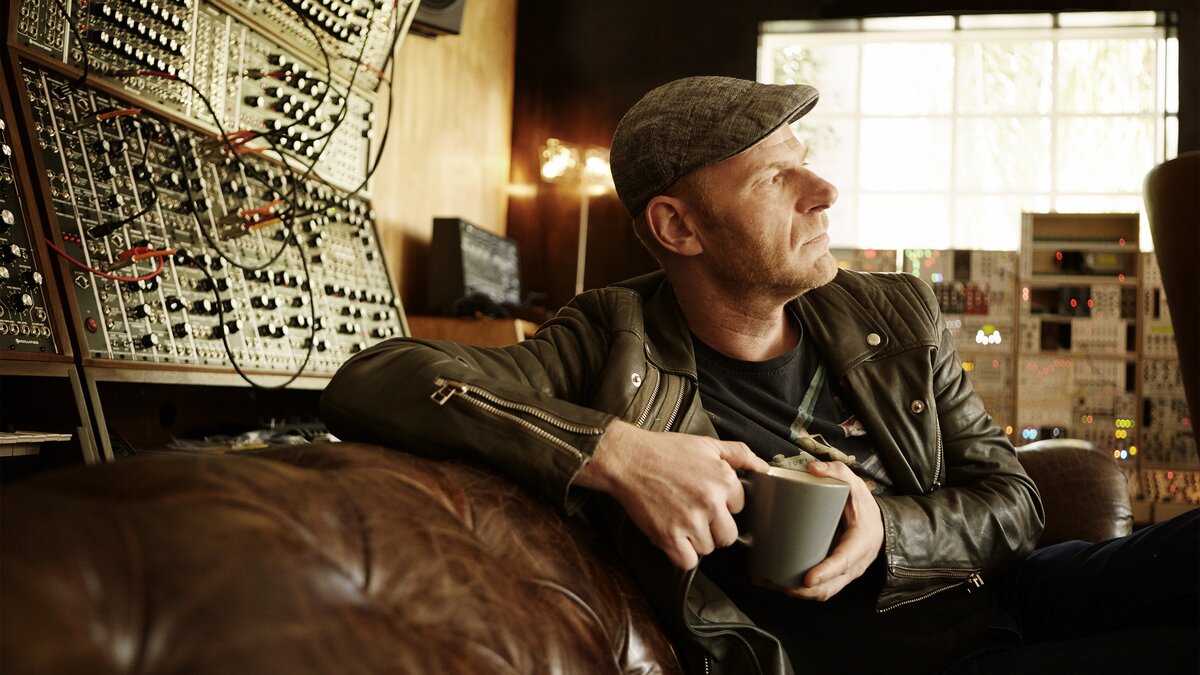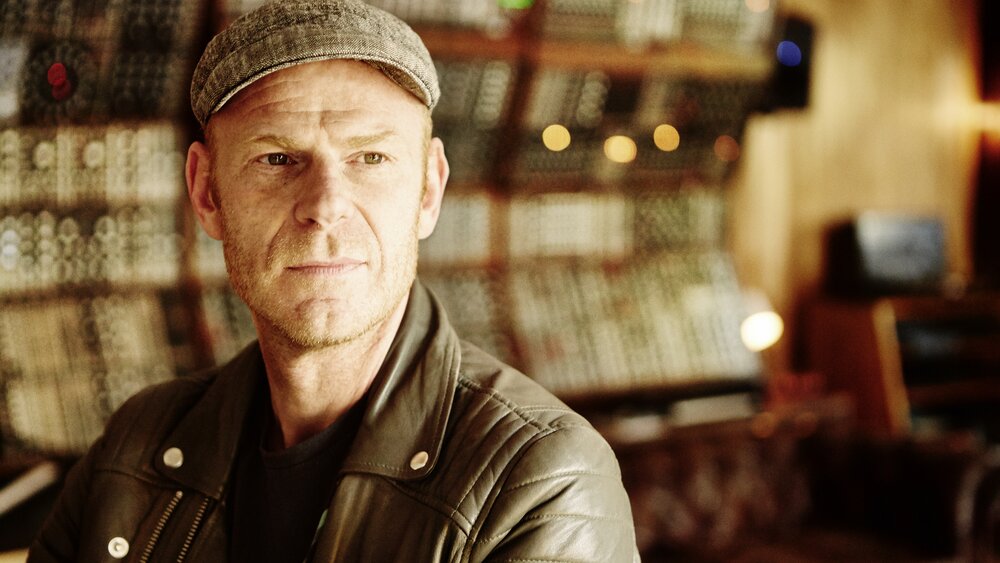
Compared with his contemporaries and predecessors in the world of film scoring, Tom Holkenborg is a difficult man to place. He’s not a John Williams or a James Horner, neither is he a Clint Mansell or a Hans Zimmer; although he spent several years collaborating and shares a common background in electronic music with the latter. He’s a totally unique figure, and the blockbusters in his film scoring credits tell a story. Mad Max: Fury Road, Deadpool, The Dark Tower, Batman vs. Superman, Terminator: Dark Fate, Godzilla vs Kong—it’s a decidedly modern list, with a pop culture parallel that suggests a composer at ease with contemporary brush strokes. His aforementioned partnership with Hans Zimmer—which saw the two work together on the iconic Christopher Nolan-directed Inception and Dark Knight Rises, among other films—proved to be a healthy schooling in film scoring at the highest level, and ignited his career in Hollywood.
Throw in a previous life as Grammy-nominated electronic dance artist Junkie XL, which led to a number one hit in 24 countries with his rework of Elvis Presley’s ‘A Little Less Conversation’, and remixes of A-list superstars like Britney Spears, Coldplay, Depeche Mode, and Madonna—and it’s pretty clear that Tom Holkenborg is in a class of his own. What other film composer can say that they’ve headlined Coachella, as Holkenborg did in both 2005 and 2008?
Tom’s mother was a music teacher, and his father volunteered at a hobbies and crafts centre giving classes to children, so it’s no surprise he has been instilled with a tremendous passion for education. He created a Bachelor Program for music composition at the ArtEZ Conservatorium in his hometown of Enschede, from which more than 200 students have graduated, and his free online educational series Studio Time on YouTube gives viewers unparalleled access to the inner sanctum of a Hollywood composer at the top of his game.
With four seasons of in-depth tutorials and practical demonstrations covering topics like sound design, mixing workflows, Tom’s favorite plugins, modular synthesis, and detailed analyses of his film themes, Studio Time is a generous glut of educational information that’s quite simply some of the best free content available online. And, with the Junkie XL YouTube channel racking up over 15 million views and 184 thousand subscribers—it’s pretty fair to say that the public seem to agree en masse.
Tom Holkenborg’s willingness to educate others is matched only by his desire to educate himself, describing himself in the past as being ‘filled with curiosity’. You need only reel off some of his interests and hobbies outside of film composition to find the truth in this: a polyglot currently learning Portuguese as his fifth language, Tom is an excellent chef and barista, spends his nights engineering electronic devices, and is currently gearing up to teach himself calligraphy. It’s this relentless capacity for self-improvement that led Holkenborg to try his hand at a variety of instruments from a young age, taking piano lessons at four years old, picking up drumsticks at eight, turning to guitar and bass at eleven, and entering the world of synthesizers at fourteen.

A severe case of repetitive strain injury in his right arm stopped Tom from drumming when he was nineteen, and although he was forced to turn his focus to other instruments, his various musical endeavors in the ensuing years were dominated by percussion instruments and rhythmic sensibilities. He started the industrial metal band Nerv in 1993, whose music was a blaze of pounding drums and clanking guitars, and produced other hardcore and metal bands like Sepultura and Fear Factory at the same time. His next project, Junkie XL, was founded on aggressive breakbeats, and set dancefloors alight in clubs and festivals across the world over the course of five albums and fifteen years.
Most artforms are a blend of the practical and the creative, meaning they consist of practical techniques that are honed and refined into skills, which are then employed creatively by the artist—and music is no different. Creating music will always be about following abstract terms like ‘vibe’ and ‘feel’, but the more you venture into the world of audio production, the more you’re faced with technical considerations and engineering chin-scratchers too. It’s interesting then, that Holkenborg has professed himself to be an equal blend of left brain and right brain, describing a ‘clash of the titans’ going on in his head. He’s a gear fanatic with an impressive array of vintage equipment in his studio, but also very much an expressive musician—and it shows in his work.
It was Tom’s right brain influence that enabled him to meticulously record and mix his percussion armory for his sample collection with Orchestral Tools ‘Tom Holkenborg’s Percussion’, delivering up to 100 dynamic layers per instrument that are fully mapped across your MIDI keyboard. It’s the left brain influence though, that gives this collection its unique character and makes it truly playable. The main body of the library is made up of toms and kick drums from traditional rock drum kits, with Holkenborg citing the increased snap and fast attack that you can’t get from concert bass drums or timpanis as the main reasons for their inclusion. There are also more eclectic percussion instruments like surdos and tupans, which could conceivably find a home in anything from dance music to hip hop tracks. For sketching, capturing ideas, and live playing, Tom Holkenborg’s Percussion includes a custom patch for pad controllers, which is a curated selection of drums put together as a ready made kit for your MPC, Maschine, or electronic drum setup. These are all musician’s decisions, made with creativity in mind, and by making them Tom Holkenborg is telling you to take this collection in whatever direction you want.